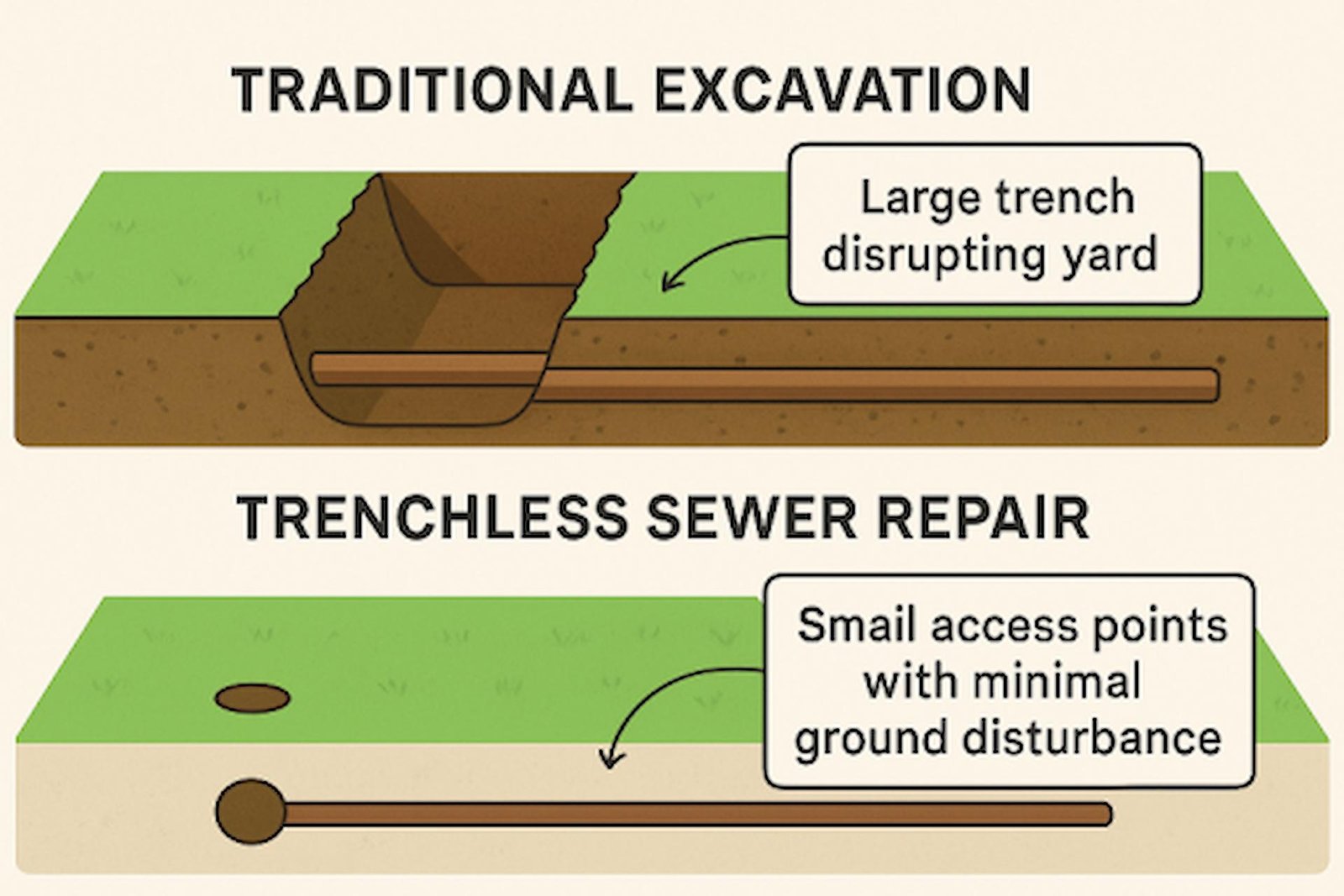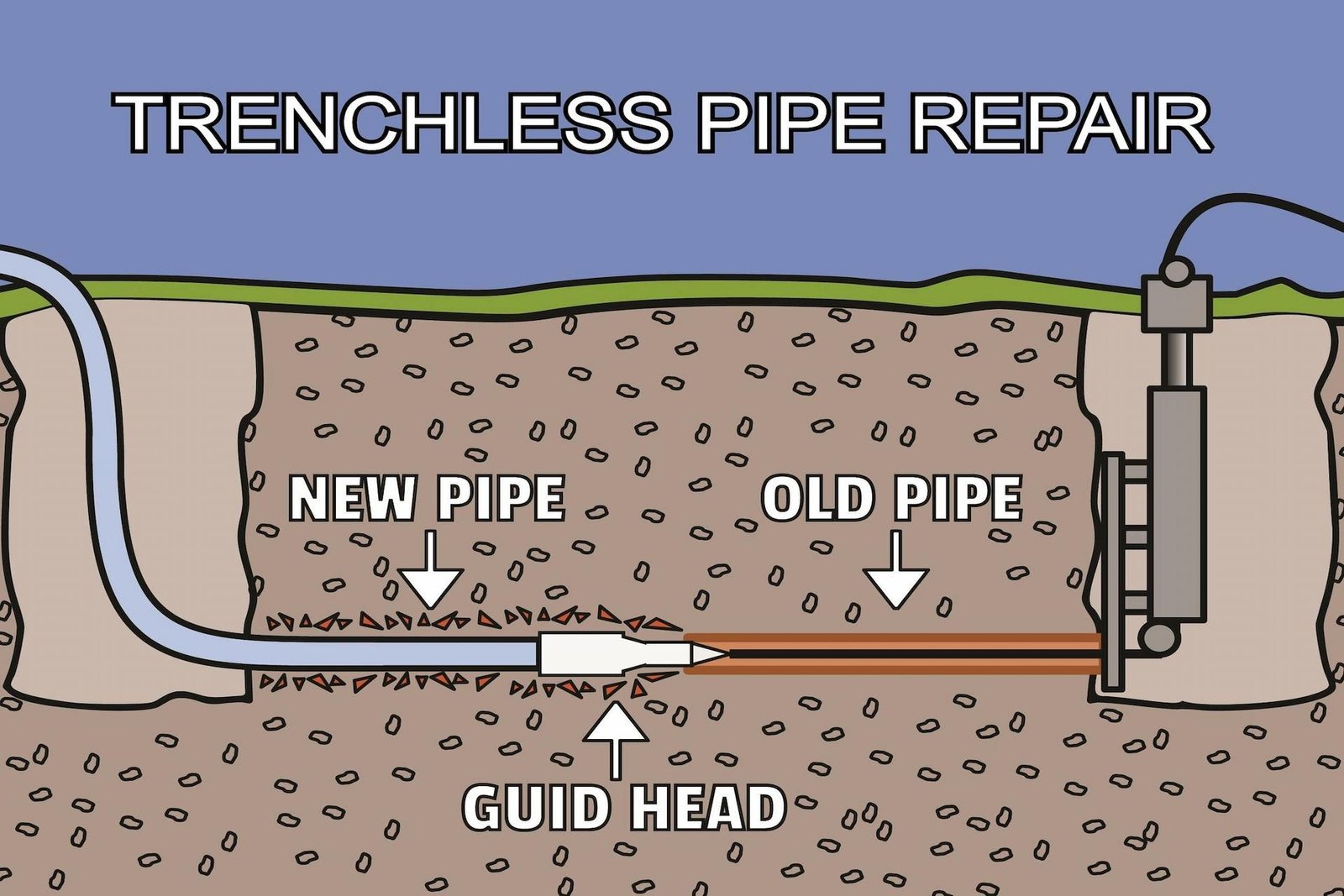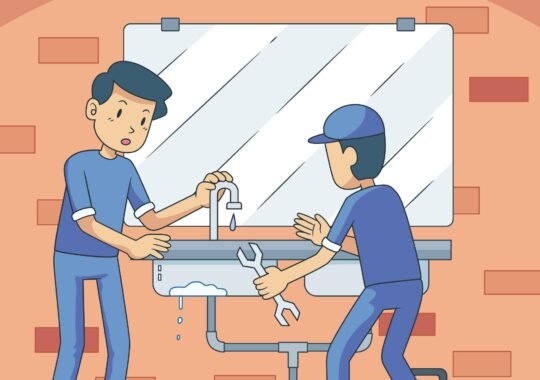Table of Contents
- What Is Trenchless Sewer Repair?
- Common Trenchless Methods
- Advantages of Trenchless Repair
- Environmental Benefits
- Cost-Effectiveness
- Suitability and Limitations
- Conclusion
Maintaining a functional sewer system is essential for public health and property value, but traditional sewer line repairs often require disruptive and costly excavation. As trenchless sewer repair becomes the preferred choice for homeowners and municipalities, understanding available methods and their advantages can help you decide your sewer system’s future. With trenchless technology, repairing or replacing pipes under lawns, driveways, and streets with minimal disruption to daily life is possible. Visit https://www.saltcityplumbing.com/plumbing-services/trenchless-sewer-repair/ to find modern trenchless solutions that minimize mess, preserve your landscaping, and accelerate restoration. By leveraging innovative techniques, homeowners save time and money while reducing the environmental impact of extensive digging. This article explores standard trenchless methods, highlights significant benefits, and addresses essential considerations property owners should evaluate.
What Is Trenchless Sewer Repair?
Trenchless sewer repair is an umbrella term for various techniques that restore or replace underground pipes with minimal surface excavation. Unlike conventional “dig and replace” methods, trenchless repairs use entry and exit pits, specialized equipment, and liners to address below-ground pipe issues. This approach protects landscaping, hardscaping, and infrastructure from unnecessary damage and streamlines the repair process for homeowners and municipal projects.
Common Trenchless Methods
Several trenchless repair methods are available, each designed for specific pipe issues. Understanding these options will help determine which solution best suits your property’s needs.
Cured-in-Place Pipe (CIPP) Lining
CIPP lining involves inserting a flexible, resin-saturated liner into a damaged pipe and curing it using hot water, steam, or ultraviolet light. This process forms a durable new pipe inside the existing one, restoring structural integrity without removing the old pipe. CIPP is especially effective for repairing leaks, minor cracks, and joint failures in sewer lines.

Pipe Bursting
When pipes are severely damaged or collapsed, pipe bursting may be preferred. A bursting head is hydraulically pulled through the old pipe, fracturing it outward while installing a new, durable pipe. This method is also suitable when upsizing the pipe diameter is desired during replacement projects.
Sliplining
Sliplining involves inserting a slightly smaller pipe into the damaged pipe and filling the gap with grout. This method is best suited for stabilizing old pipes and preventing further deterioration. However, since it slightly reduces the pipe’s diameter, it is commonly used for large commercial or municipal lines rather than residential pipes.
Advantages of Trenchless Repair
Trenchless sewer repair offers several key benefits that make it the preferred method for modern pipe rehabilitation:
- Minimal Surface Disruption: Landscaping, driveways, sidewalks, and roads are preserved, eliminating costly restoration work after the repair.
- Rapid Completion: Most trenchless repairs are completed in just a day or two, compared to the extended project timelines of traditional excavations.
- Enhanced Durability: Modern materials like high-density polyethylene (HDPE) and epoxy liners are corrosion-resistant and offer extended service lifespans, often exceeding the original piping.
Environmental Benefits
Adopting trenchless technology brings measurable environmental advantages:
- Reduced Excavation Waste: With less soil and debris removed, less waste is in landfills, and natural habitats are undisturbed.
- Lower Carbon Emissions: Fewer trips by heavy equipment and reduced project durations mean lower fuel consumption and a smaller carbon footprint.
- Preserved Urban Green Spaces: Trenchless solutions maintain gardens, tree roots, and established landscapes that benefit ecosystems and enhance property values.
Cost-Effectiveness
Though initial investment in trenchless equipment and training is higher, the overall savings are significant for property owners and city managers alike:
- Lower Labor Costs: Crews can work faster with fewer people by avoiding lengthy excavation, refilling, and restoration tasks.
- Minimal Surface Restoration: Because there is virtually no surface damage, expenses related to restoring lawns, concrete, or landscaping are dramatically reduced.
- Reduced Interruption to Business and Traffic: Quick repairs mean minimal disruption to businesses, residents, and commuters, which can save thousands in indirect costs.
Suitability and Limitations
While trenchless repair provides a modern solution for most pipe issues, it is essential to assess the site conditions:
- Pipe Condition: Severely collapsed or disjointed pipes may require traditional excavation if a liner cannot be successfully inserted or if the pipe path cannot accommodate bursting heads.
- Soil and Site Conditions: Rock, unpredictable soil types, or buried obstructions may constrain trenchless technology or make some methods less effective.
- Pipe Diameter and Length: Some techniques are better suited for long, straight runs or particular pipe sizes, so a professional evaluation is necessary for the best results.
Conclusion
Trenchless sewer repair has revolutionized how pipe infrastructure is maintained and restored, providing an efficient, non-invasive, and environmentally responsible approach. Property owners can protect their investments by understanding the range of trenchless methods and their distinct advantages over traditional techniques, and ensure minimal disruption during necessary repairs. Consulting with experts is the best way to explore suitable options and achieve a long-lasting solution for your sewer system needs.





